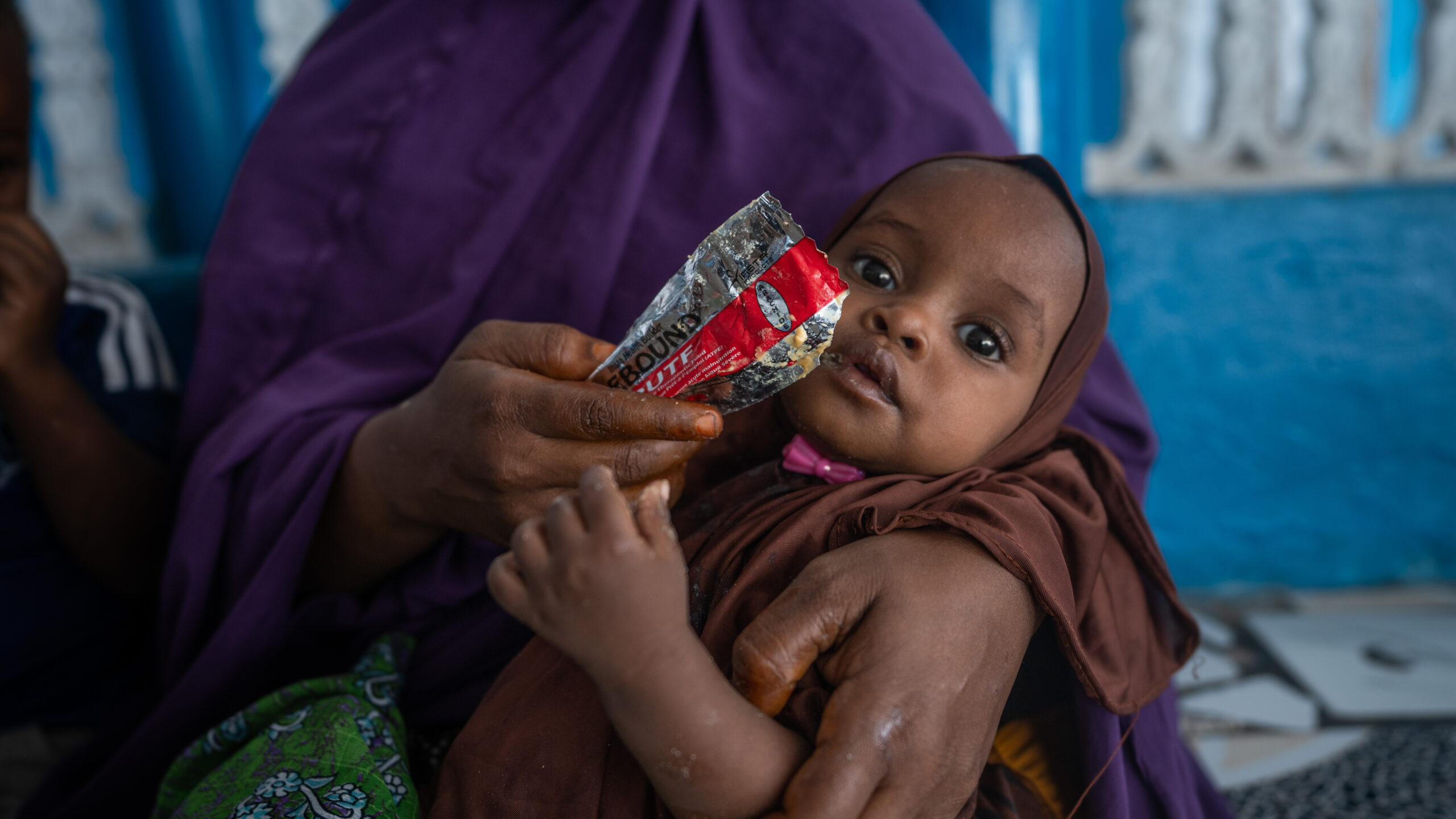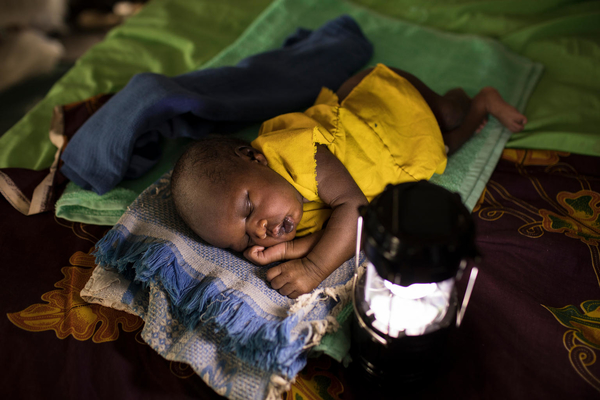
A lifelong issue
Good nutrition is critical to child survival, health and development. Children who are well nourished are better able to grow and learn, to participate in and contribute to their communities, and to be resilient in the face of disease, disasters, and other global crises.
Nutrition is a lifelong issue. The effects of poor nutrition begin in the womb, continue well into adulthood, and cycle across generations. While malnutrition can trap generations of children in a cycle of poverty, good nutrition, particularly in infancy, is the building block for future health and development.
But for the millions of children suffering from malnutrition, the reality is stark. Every year, around 3 million children die due to under nutrition. For millions more, chronic malnutrition will result in stunting – an irreversible condition that literally stunts the physical and cognitive growth of children. The good news is that we can change this.
The first 1,000 days from the start of a woman’s pregnancy to a child’s second birthday offer an extraordinary window of opportunity to prevent malnutrition and its devastating consequences.
UNICEF focuses its programmes to this critical period, including support for breastfeeding, appropriate complementary foods for infants over 6 months, micro nutrient supplementation for women and children to address deficiencies and therapeutic and emergency food to treat malnutrition in children.
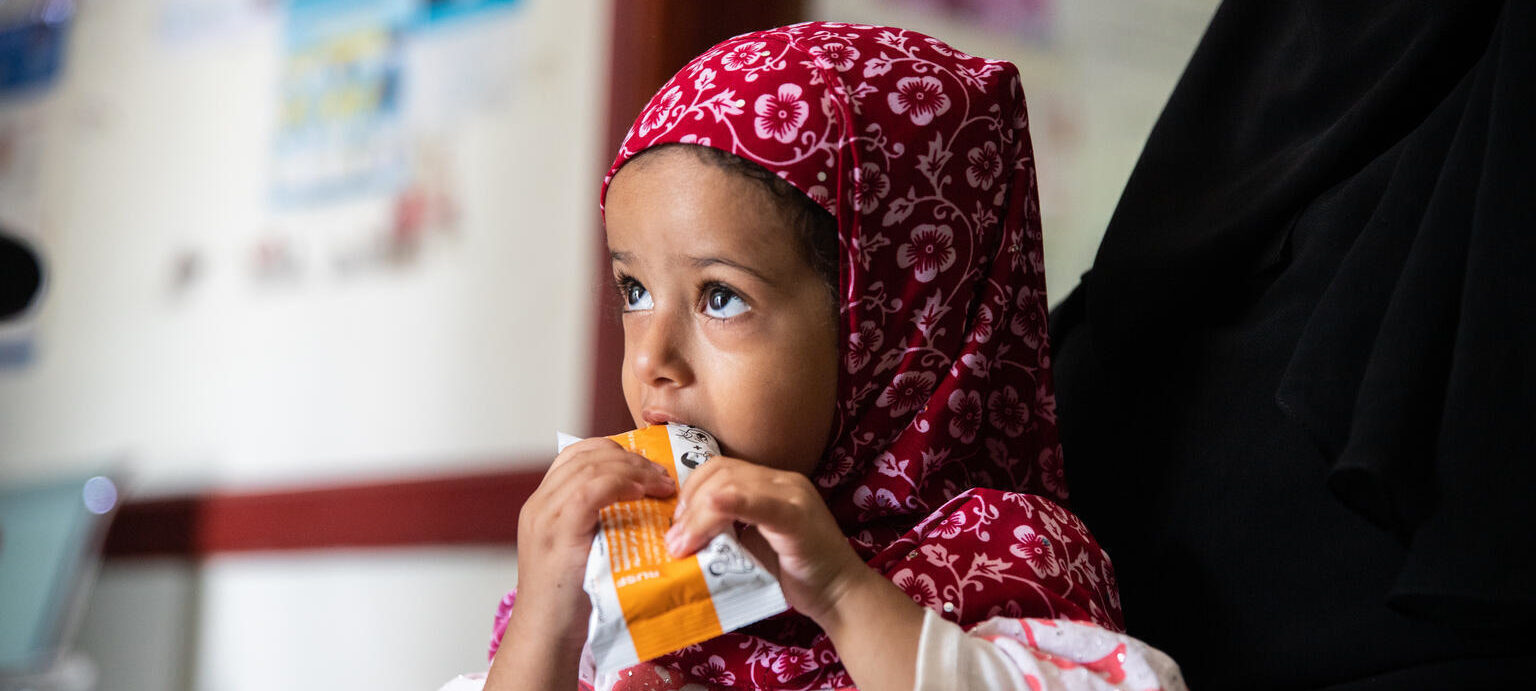
What does malnutrition look like?
Severe Acute Malnutrition: a desperately thin and wasted child, at imminent risk of death.
Stunting: a child who never reaches full physical and mental development due to poverty, poor sanitation, lack of breastfeeding and limited access to nutritious foods.
Examples of malnutrition include a young woman who becomes anaemic during her pregnancy and gives birth to an underweight baby who later faces developmental delays; A child rendered blind by vitamin A deficiency; A child who becomes obese through overconsumption of low-quality food.
Can you help combat malnutrition?
Your support today will reach hungry children around the world.
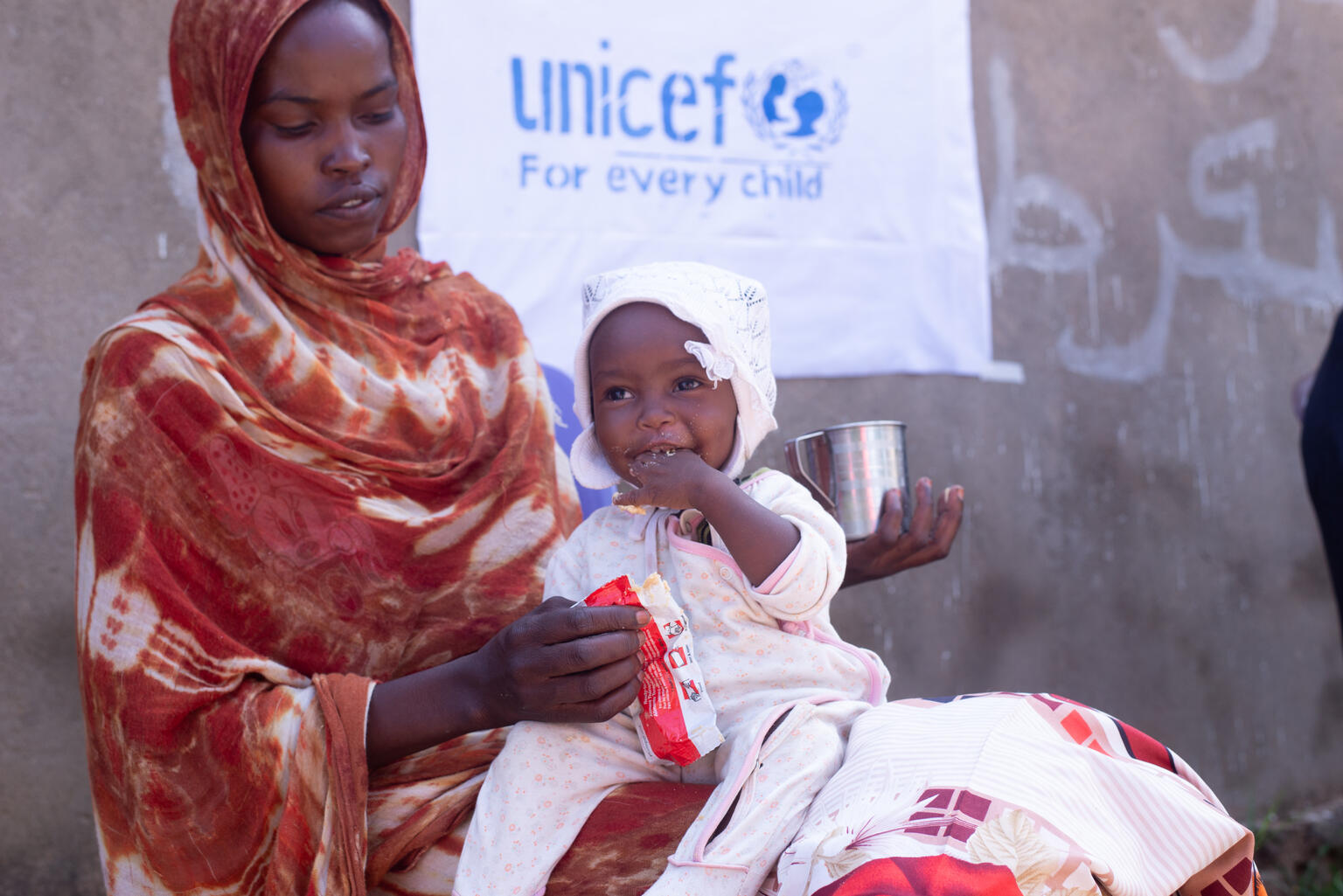
How can we end malnutrition?
Prevention and long-term solutions are needed, involving improving equitable access to health services and nutritious foods, promoting breastfeeding and optimal infant and young child feeding practices, improving water and sanitation, and planning for cyclic food shortages and emergencies.
UNICEF has been working to highlight the magnitude of the nutrition crisis and working with partners to reach children in the countries that are particularly affected. But sustained funding and support are needed to ensure that we can continue expanding this work to prevent, detect and treat deadly severe malnutrition. Our supporters are an essential part of this work.
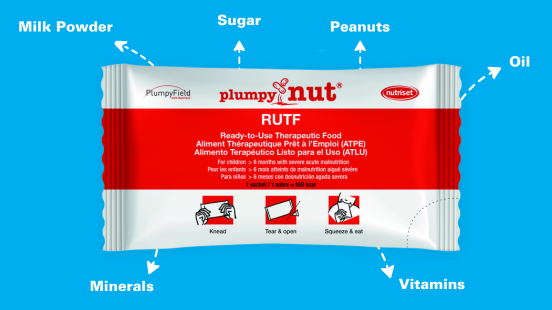
A miracle food for children
UNICEF supporters are enabling us today to reach thousands of children with ready-to-use therapeutic food, or RUTF. This is a peanut paste packed with vitamins and nutrients that save starving children’s lives. It doesn’t need water – which can be unsafe- or refrigeration or cooking. And it can bring a child back from the brink of death in just weeks.


